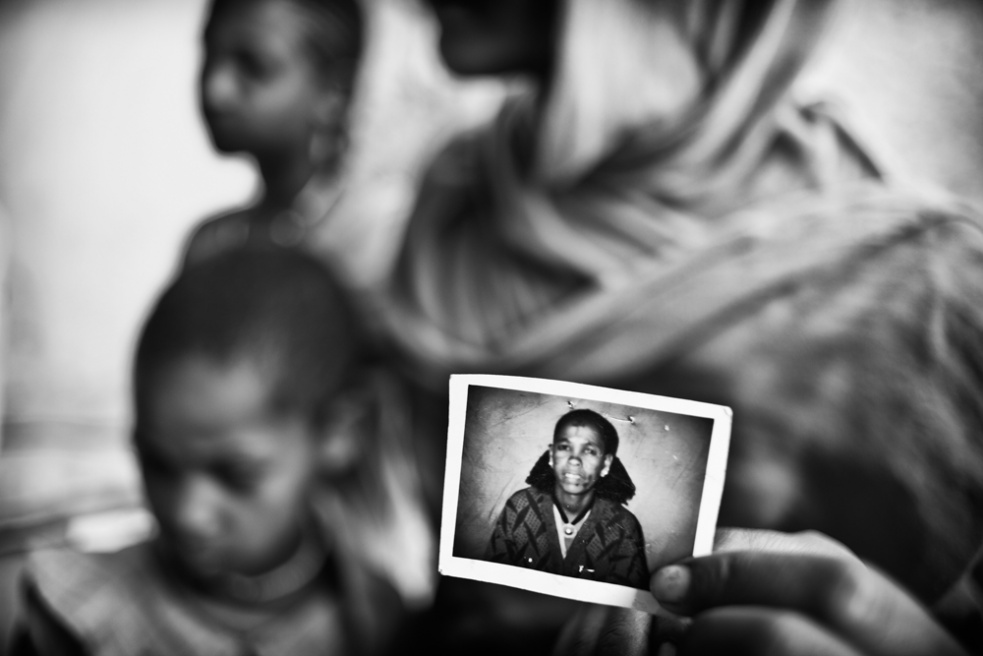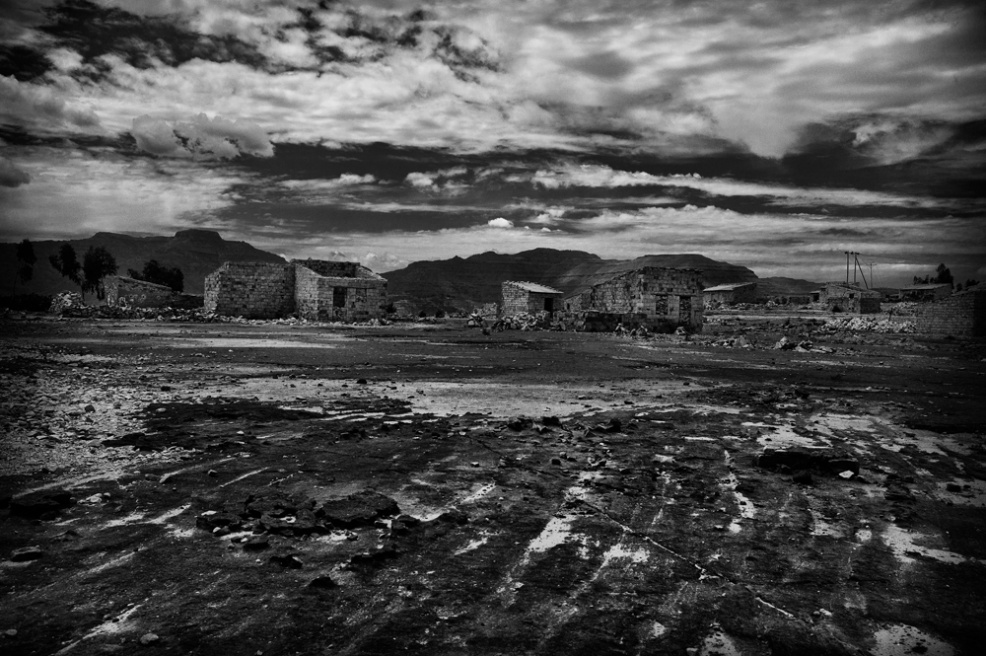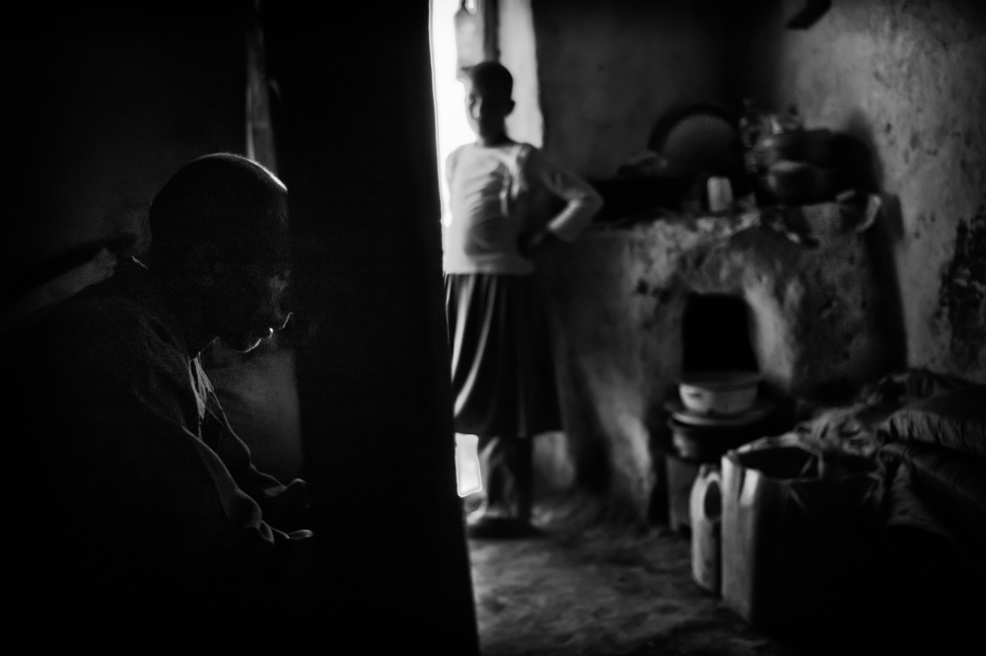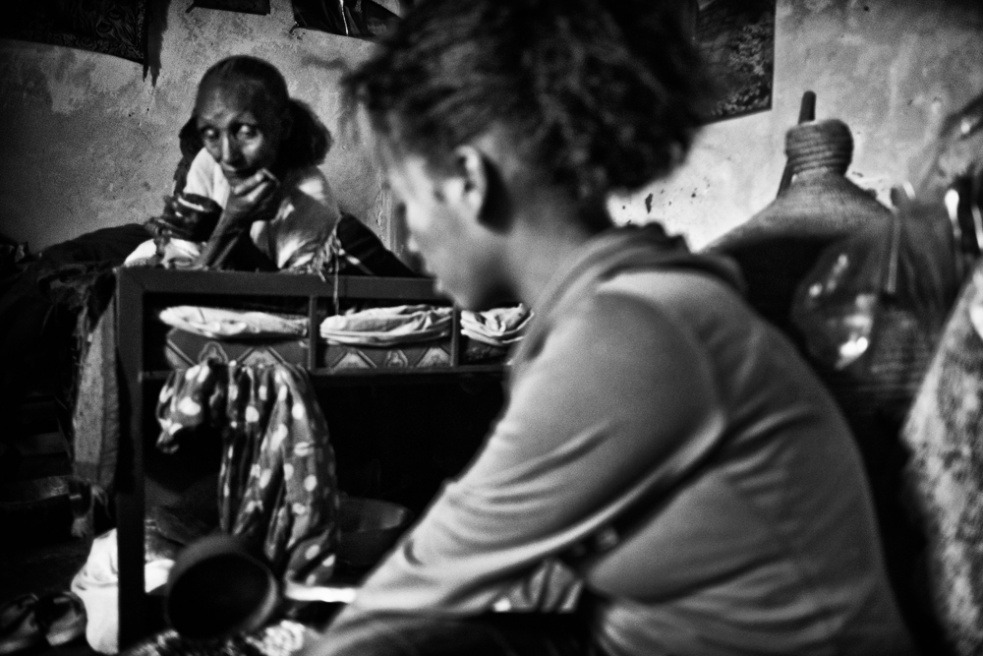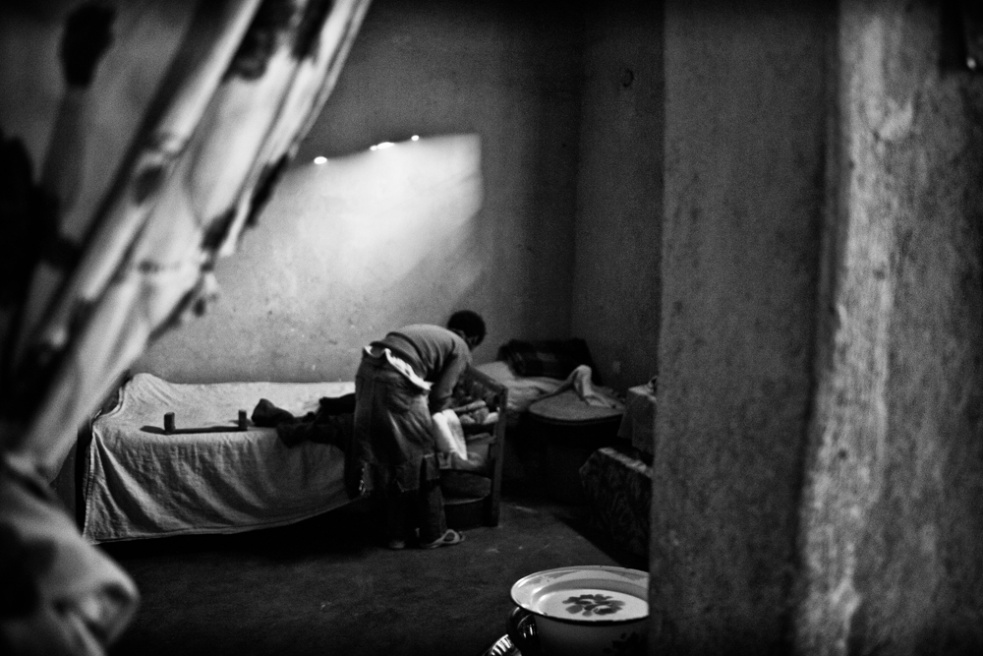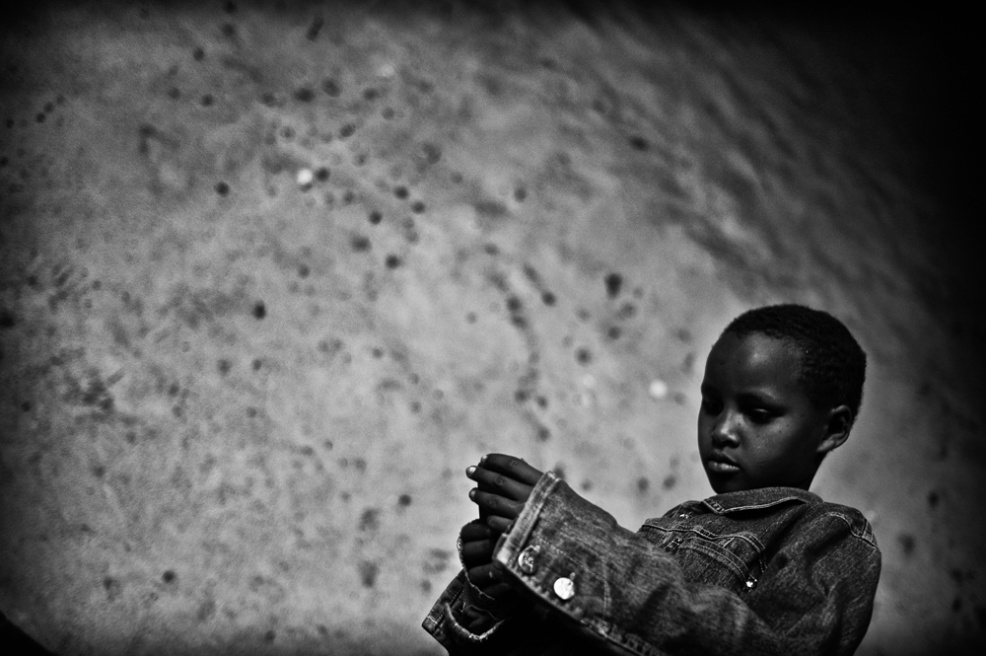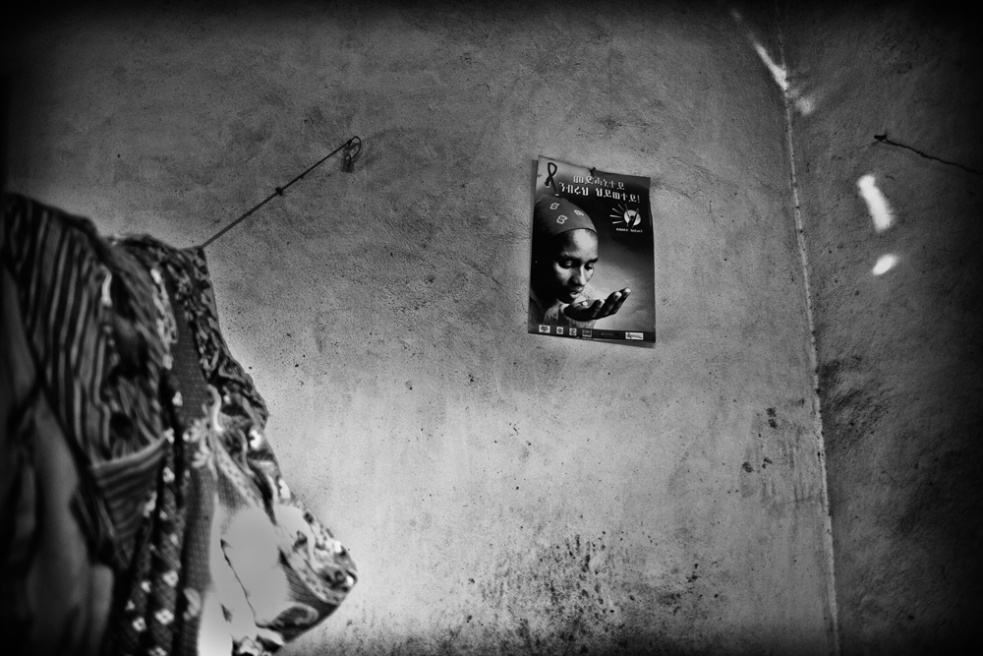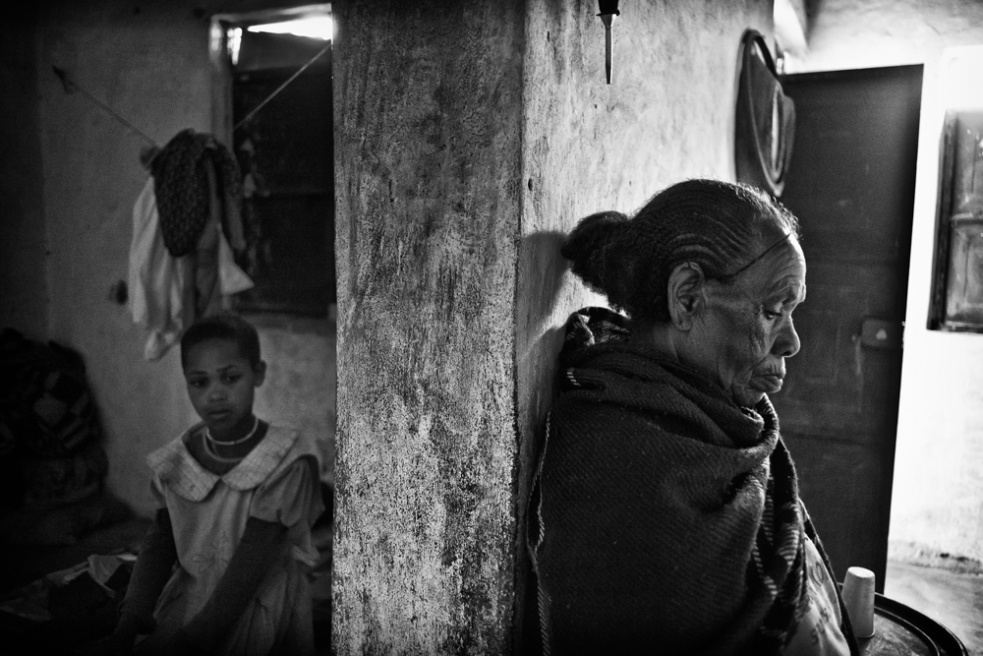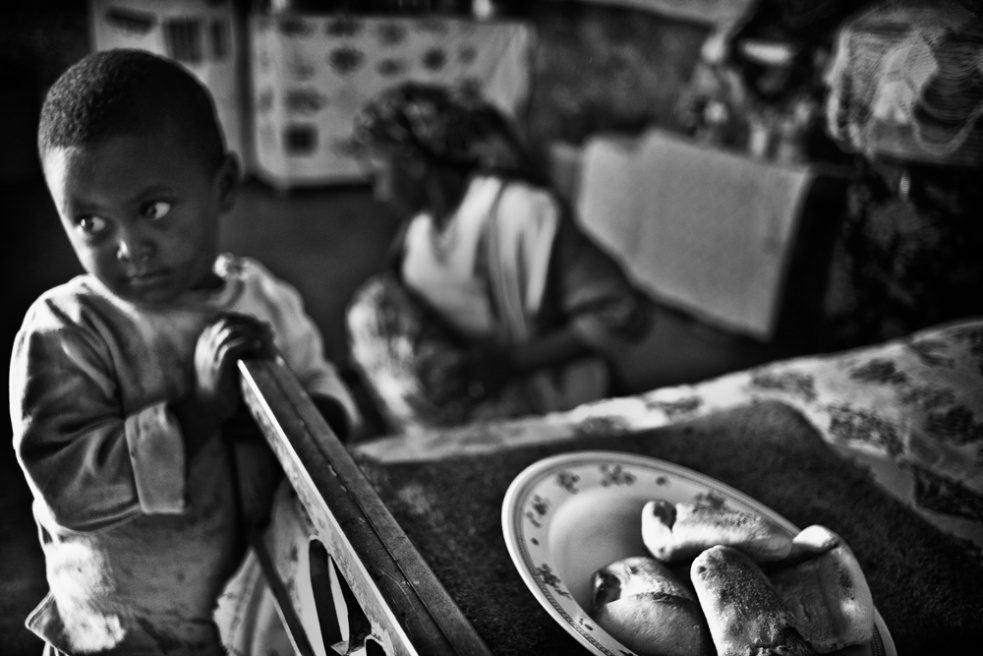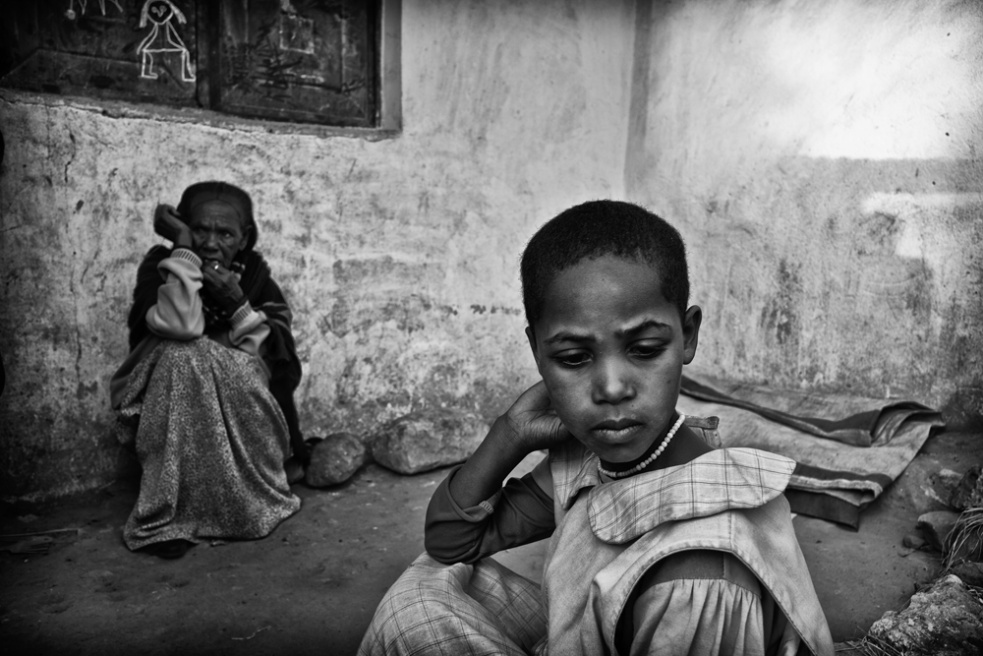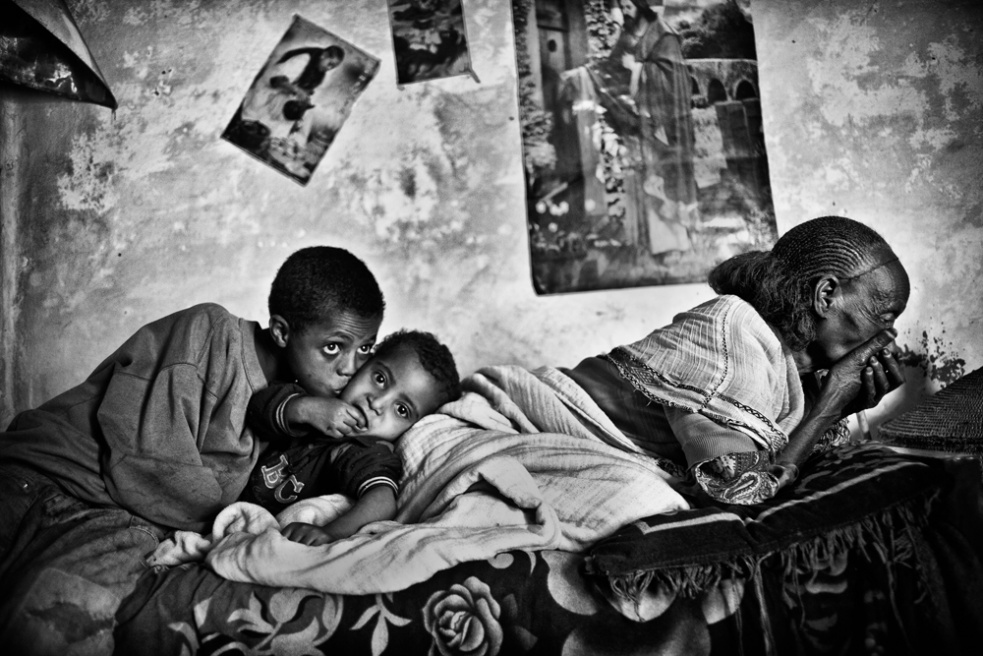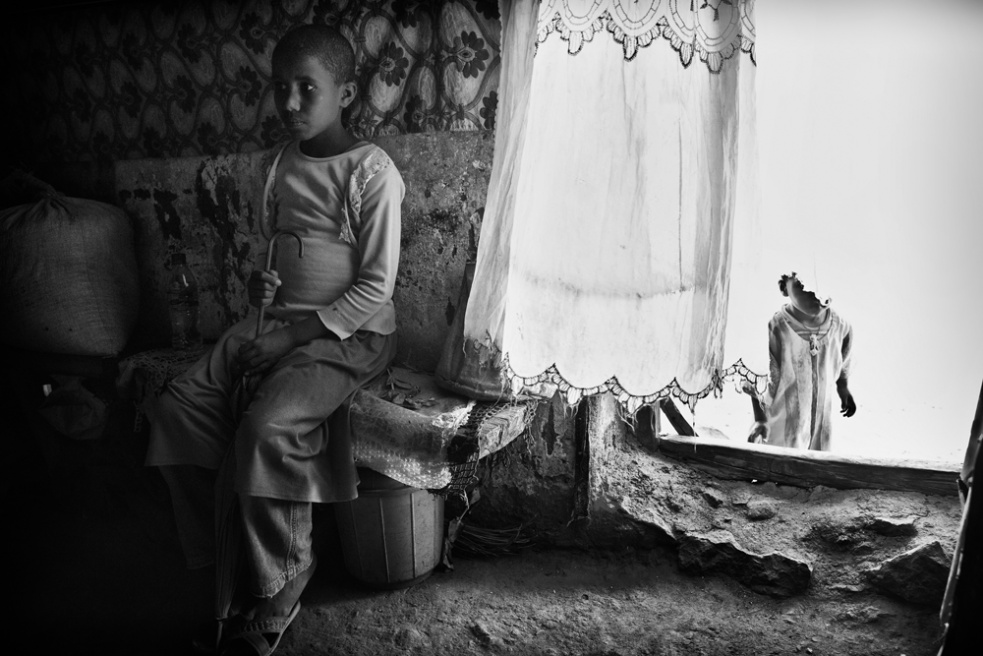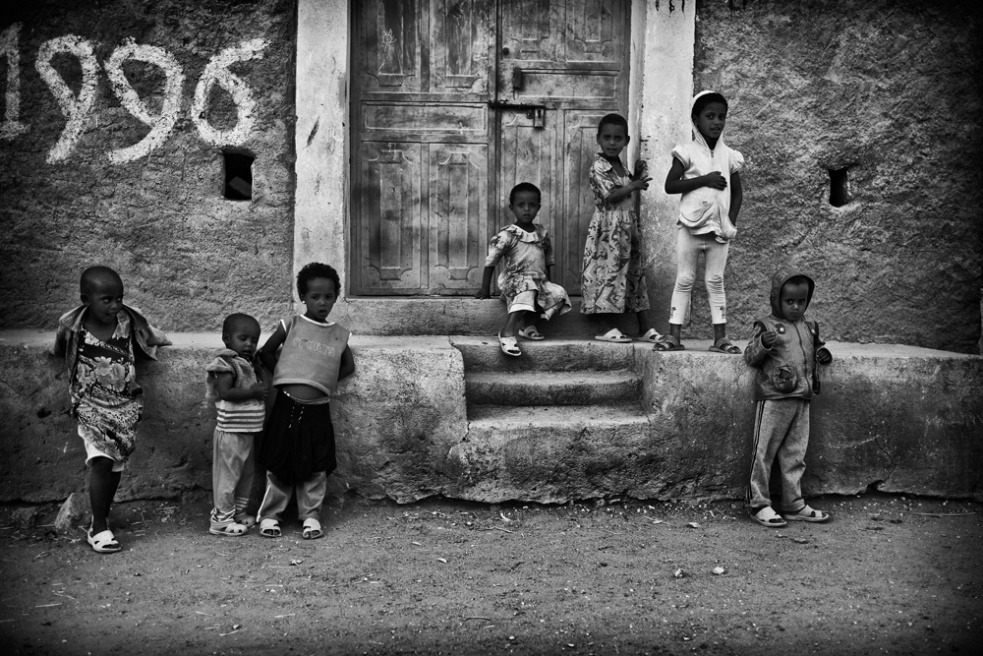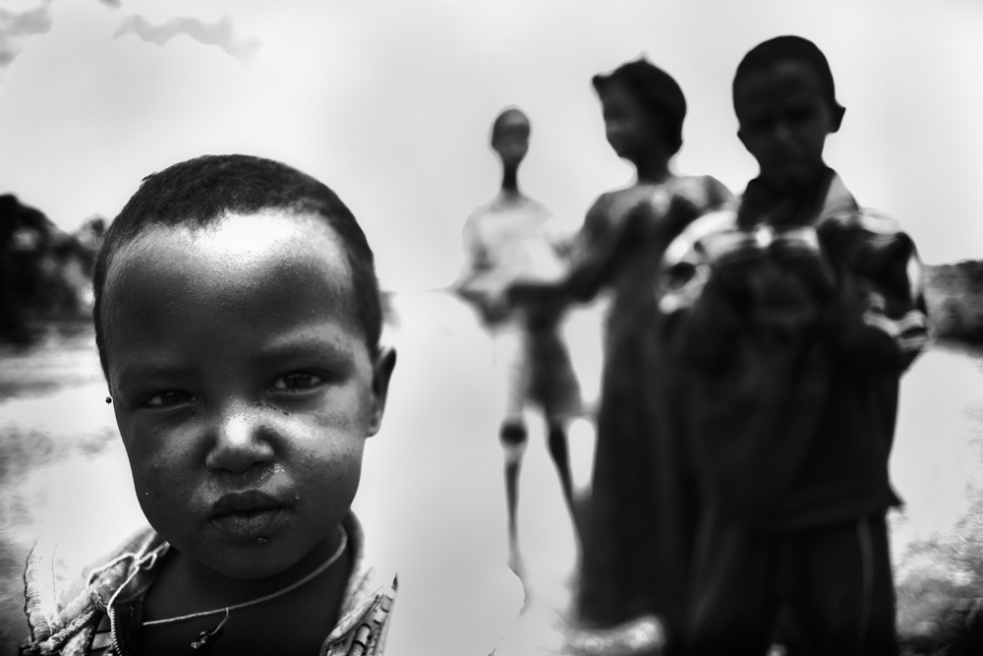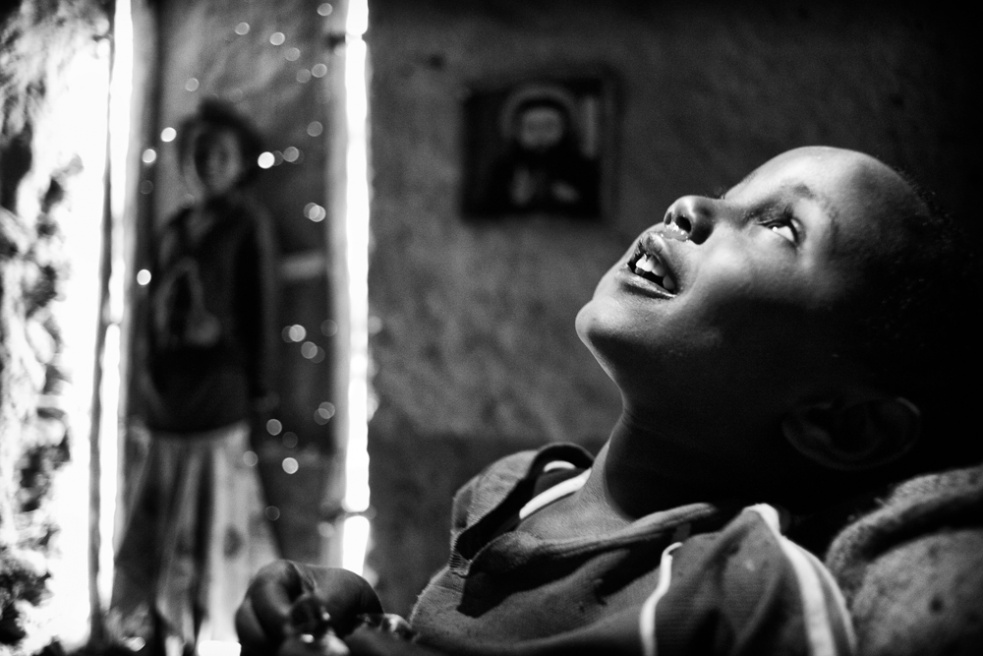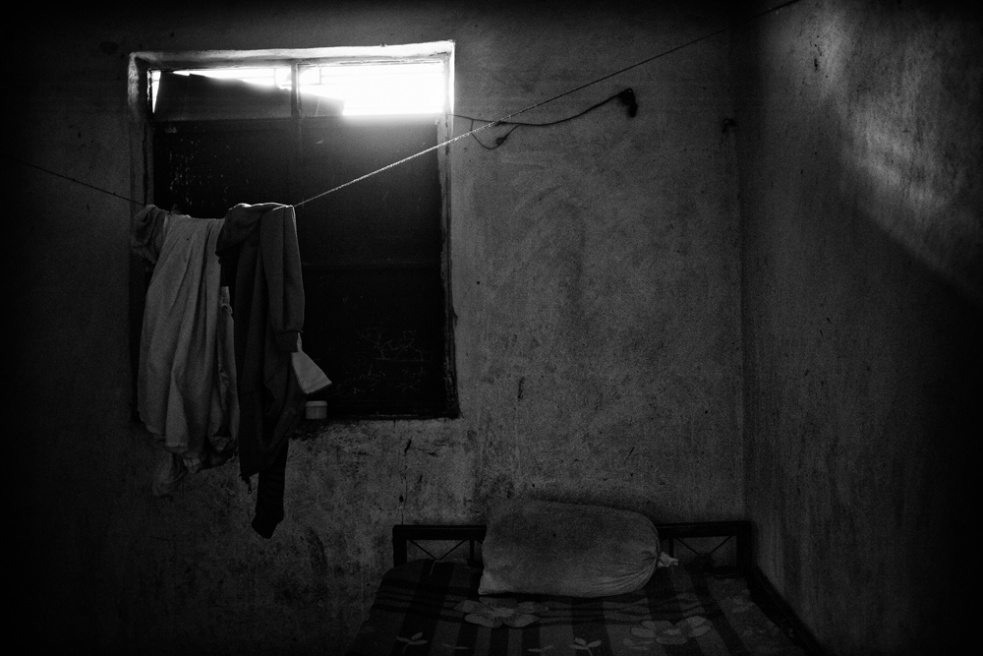She lowered her head, her eyes met the ground, “hinguguay beliuwa ilomni”. “They told me the hinguguay ate her”, Luam was barely 4 years old. The hinguguay is a mystical creature. When kids are bad, parents threaten that the hinguguay will come eat them. In the case of this story I am about to share, the hinguguay has eaten an entire generation.
The Project | Examines the implications of HIV/AIDS from the perspective of the living, of those left behind without supporting means to fend for themselves. This isn’t a project simply about orphans. It is about child-headed households (CHH’s), family units led by children, that arise from this very real epidemic.
Scope | ‘Hinguguay beliuwa ilomni’ is a study of CHH’s in Ethiopia. The wider project will look to an analysis of CHH’s in India and the rest of the world.
Under 18 year olds accounts for over 50% of the total population in Ethiopia. HIV/AIDS is the number one cause of parental death in Ethiopia and continues to leave more than 16 million children a year worldwide, orphaned. It is estimated that 10 in every 1000 households are headed by children. These are children who witnessed their parents die long and agonizing deaths, the family disintegrate before their eyes, the household food security wither away, the tiny income disappear, who pleaded for medicines for their mothers and can’t get them, who were forced to leave school, who felt terrified and abandoned when death claimed its victims, and now have to face the stigma that beholds them.
Economic hardships lead them to look for means of subsistence that increase their vulnerability to HIV infection, substance abuse, child labour and delinquency. Many girls become victims of rape and boys a part of gangs. Children in CHH’s remain legally excluded from healthcare, education and other support systems because in most cases the presence of an adult in a household is required to allow legal claim of services.
Kisanet, 15 years old, was thrown in jail for being unable to repay the debt that her father had incurred for his own treatment before he died. She spent two weeks in jail before being released. Now debtors are on her tail. This is only one story, but a common one. Kibrom (14), Haptom (12) and Merehavi (<10) Ahama are three brothers left alone when their parents died. Merehavi is HIV positive and his brother ensures he takes his medication twice a day – when the sun rises and sets. Their Father, who died of AIDS, has a second living family who will lay claims to the small house the boys currently live in. These personal and painful tales are real and are only deteriorating.
Orphans of war can tell their story over and over. Children orphaned by AIDS cry, mostly silently behind closed doors. Efforts of AIDS prevention and treatment are evident. These do not mean that the issue of CHH’s will vanish.
Every 14 seconds, a CHH is being formed in the world!



